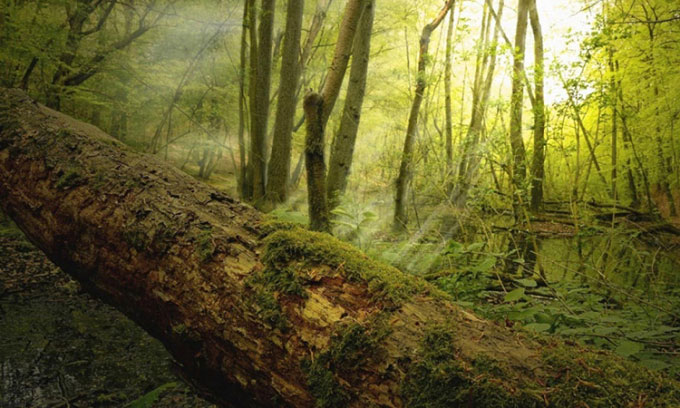A new study reveals that dead wood releases up to 10.9 billion tons of carbon each year, equivalent to 115% of total emissions from fossil fuels.
Co-author of the study, David Lindenmayer, a Professor at the Australian National University (ANU), emphasizes that this is the first time scientists have been able to quantify the contribution of dead trees to the global carbon cycle.
“We all know that living trees play a crucial role in absorbing CO2 from the atmosphere, but we did not fully understand what happens when they die and decompose. It turns out, it has a significant impact,” Lindenmayer stated in a post published in the journal Nature in September.

Fallen dead trees in a forest. (Photo: ANU)
According to co-author Dr. Marisa Stone from Griffith University in Australia, the decomposition of dead trees is driven by natural factors such as temperature and insects.
“Insects account for 29% of the carbon emissions from dead wood each year. However, their role is disproportionately larger in tropical regions and has less impact in cooler areas,” Griffith added.
To reach these conclusions, the research team surveyed 55 forest sites across six continents and monitored over 140 different species of woody plants to determine the impact of climate on decomposition rates.
“Half of the dead wood was placed in insect-proof mesh cages. We found that both the decomposition rate and the contribution of insects are highly dependent on climate and will increase as temperatures rise. Higher rainfall also accelerates decomposition in warmer regions,” Lindenmayer explained.
Of the 10.9 billion tons of carbon released annually by dead trees, tropical forests contribute up to 93% due to their high biomass, abundant insects, and favorable climatic conditions that promote decomposition rates.
This study demonstrates that both climate change and the current decline in biodiversity have the potential to alter wood decomposition processes and, consequently, impact the global carbon cycle.


















































